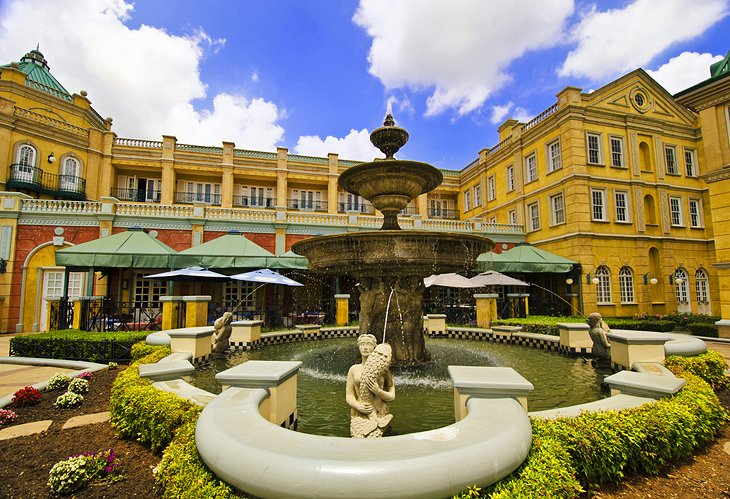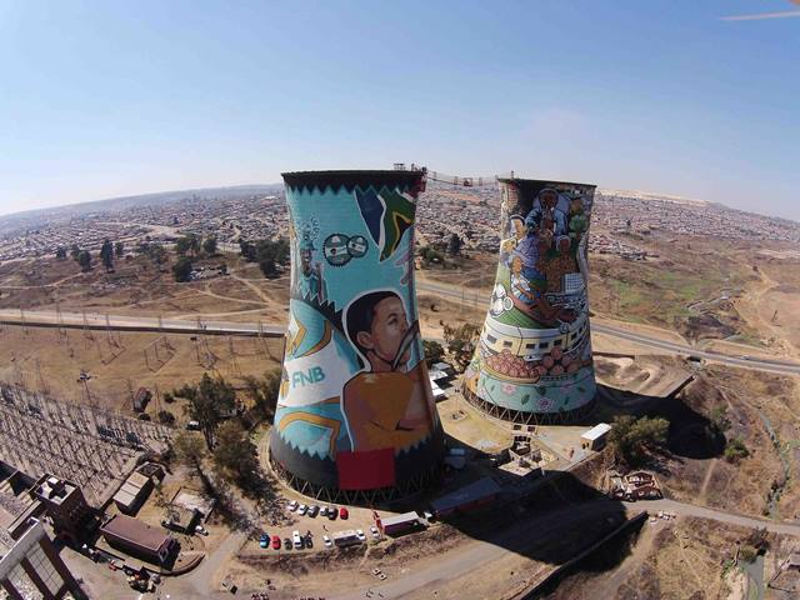Getting The Johannesburg North Attractions To Work
Getting The Johannesburg North Attractions To Work
Blog Article
Johannesburg North Attractions Fundamentals Explained
Table of ContentsThe Buzz on Johannesburg North AttractionsSome Known Details About Johannesburg North Attractions Facts About Johannesburg North Attractions RevealedHow Johannesburg North Attractions can Save You Time, Stress, and Money.The Only Guide for Johannesburg North AttractionsA Biased View of Johannesburg North Attractions
Quickly before Christmas 1898, a boilermaker from Lancashire, Thomas Edgar, became involved in an intoxicated brawl with an uitlander neighbour. While standing up to arrest, Edgar was shot dead by a Z. A. R. police officer. The police officer was billed with murder but the district attorney reduced the charge to homicide and launched the accused on bail.. R. Johannesburg North attractions. In an initiative to soothe the scenario, Smuts looked for to strike a take care of the mining firms. The sharp Cambridge-trained lawyer welcomed Percy FitzPatrick (who was to get fame as the author of Jock of the Bushveld, released in 1907) to act as the principal negotiator for the mining residences
A. R. impended. Johannesburg, c. 1900 (www.geheugenvannederland.nl) When Johannesburg was established in 1886, public education in the Z. A. R. was managed by the Education Law of 1882. The earlier Education Law of 1874 had provided that federal government institutions in the Z. A. R. (just a handful of such institutions remained in existence) were to be non-denominational and that instruction was to be in Dutch or English, at the will of moms and dads.
In 1886, Pope Leo XIII comprised the Transvaal an independent prefecture under the territory of the Rt Revd Odilon Monginoux of the Oblates of Mary Spotless, who was the very first Prefect Apostolic of the Transvaal. On 20 July 1886, Fr John de Lacy O. M. I. saw the Rand. He put on the federal government for a parcel big enough to accommodate a church, a school and homes for the teachers.
The Ultimate Guide To Johannesburg North Attractions
The school moved to Doornfontein in 1895, and became known as the East End Convent. In 1905, the Holy Family members siblings also founded Parktown Convent School (now Holy Household College). On 2 November 1887, Miss Frances Buckland began instructing in a home on the edge of Jeppe and Rissik streets.
At the same time, on 11 June 1887, the Revd John Thomas Darragh, the very first Anglican priest to be posted on the Rand, had actually shown up from Kimberley. A massive tome on the background of Christianity in Africa observes concisely: 'The Anglican community at Kimberley was fortunate to have as its leader J. T.
He had won a scholarship to The Royal Institution, Armagh, whence he had actually increased to Trinity College, Dublin, as a Foundation Scholar. Here he had actually identified himself, being Timeless Hebrew and Divinity Prizeman, and had become a Fellow of Trinity College. He was ordained in 1880, and became curate of All Saints, Grangegorman, Region Dublin.

He was an energised and resourceful man who instantly plunged himself heart and spirit right into the life of the blossoming and busy mining neighborhood. It was not only the Anglican who obtained advantage, for Darragh worked unstintingly among all industries of the village. For instance, the small area of Greek Orthodox inhabitants in Johannesburg had no archimandrite, and so approached Darragh to perform marriage and baptismal rites.
The smart Trick of Johannesburg North Attractions That Nobody is Discussing
(www.eggsa.org) Around the same time, the Revd Mr Darragh brought into presence St Mary's School for Boys, which was established as a choir school for St Mary's Church. The beginnings of St John's College can be traced back to this college. The first headmaster of St Mary's College for Boys was Mr F.
The school was evaluated by the Z. A. R - Johannesburg North attractions. education and learning authorities at the end of 1888. The evaluation was passed with flying colours, especially in regard of the requirement concerning the training of Dutch, as an outcome of which the school got a 'very liberal grant' from the state
The smart Trick of Johannesburg North Attractions That Nobody is Discussing
Marist Brothers' College acquired such a good credibility that some officials of the staunchly Protestant Z. A. R. federal government registered their children as students at this Catholic institution. During the Anglo-Boer South African Battle (1899-1902), the college's enrolment went down, but by 1905 numbers were back to 500 and the institution was marketing the fact that it had 'adequate stabling for students' equines'.
In 1892, the Superintendent of Education, Dr N. Mansvelt, assembled a record in which he specified that some teachers in the Transvaal might not mean the words 'Pretoria' and 'Potchefstroom', and did not recognize the distinction between a noun and an adjective. In the very same year, the Education and learning Legislation was amended to provide that all educators in institutions receiving federal government subsidies needed to be participants of a Protestant church; schools additionally can not receive aids in respect of Jewish and Catholic students.

Everything about Johannesburg North Attractions
On 7 March and 9 April 1892, the Revd Mr Darragh sent he said letters to the State Secretary, Dr W. J. Leyds, in which he mentioned that the previous Superintendent of Education and learning, Ds S. J. du Toit, had actually taken on in 1888 that English-medium schools such as St Mary's and St Michael's that additionally supplied guideline in Dutch would certainly get approved for state aids.
Participants of the W. C. E.'s board included Sir Lionel Phillips and Sir Abe Bailey. The W. C. E.'s objects were to advertise elementary education 'fit to all citizenships and creeds' and to respond to the special use of Dutch as tool of instruction in state-supported colleges. In October 1895, the W.
How Johannesburg North Attractions can Save You Time, Stress, and Money.
Robinson estimated that 2,000 out of 6,500 white youngsters of school-going age were not going to college. By 1897-'98, fewer than fifty white youngsters in the entire Z. A. R. remained in or over Typical VI. By the end of 1896, the W. C. E. had acquired possession of three schools, and had presumed control of and financial obligation for 3 other institutions.
St Cyprian's was initially provided a state aid, but this was cancelled when a government inspection revealed that the institution had numerous coloured and 'indigenous' boys among its students, sharing Extra resources desks with white children. Regardless of the withdrawal of the subsidy, the institution took care of to make it through.
After the War, it was reopened and run by Sisters of the Society of St Margaret (informally called the East Grinstead Sis, with referral to their convent in East Grinstead, Sussex). Unalarmed by the contretemps with the authorities concerning St Cyprian's and its subsidy, Darragh started Perseverance School in November 1891.

Report this page